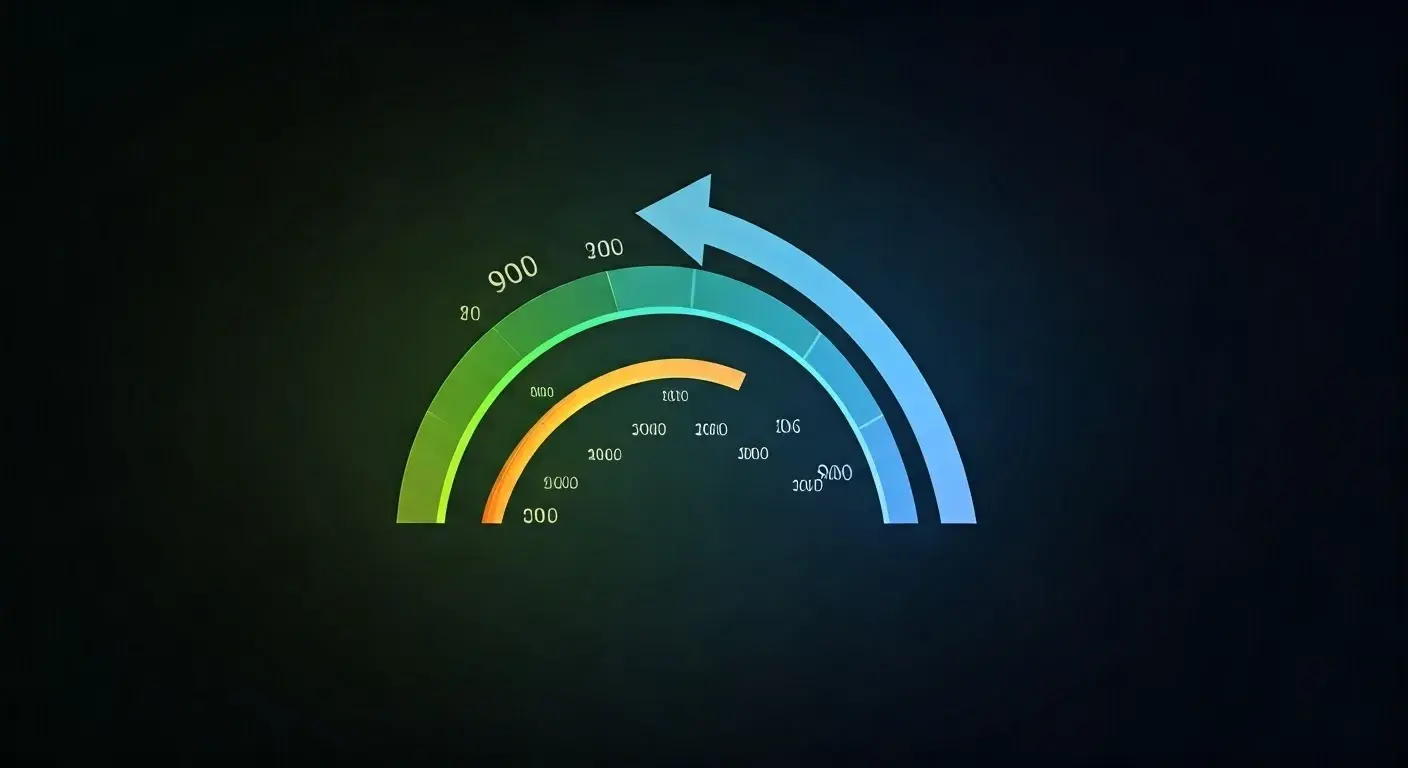-
Posted on: 29 Jul 2024

-
It harms your credit reputation to have defaults in your credit profile, as it affects your chances of approval for loans or credit cards, rental agreements, jobs, and several others. However, there are ways you can follow to clear credit defaults into the past as time progresses. This blog explains what defaults are, how long it takes for them to remain on your credit file, and some realistic methods of deleting defaults from the report and re-establishing creditworthiness.
What are Credit Defaults?
A default appears on your credit file when you do not pay credit or other debts such as loans, credit cards, phone bills, etc. Common defaults include:
- Delaying on the payment of personal, home, or car loans
- Failing to pay the amount due on credit card bill
- Breaking terms of payment of the telephone contract
- Decrease in outstanding utility bills that have been forwarded to collection firms
- Legal claims for all kinds of personal debts through the courts/tribunals
It is a common type of credit infringement and it can take up to 5 years depending on the amount taken before it is washed off. They also negatively affect your credit score and creditworthiness during this period.
The next question is, how long does the default remain in the credit file of a borrower?
Defaults stay visible on your credit file for different lengths of time depending on the amount owed:
$5,000+ defaults: That is the reason why it must be listed for at least 5 years from the default date.
$2,000-$5,000 defaults: They were listed for 3 years.
$500-$2,000 defaults: The listing has been active for 2 years.
Under $500 defaults: Listed for about a yearOnce the period has elapsed, it will be deleted from the credit report (unless there is an ongoing legal process for the amount owed). However, the default can still impact your chances of securing new finance for another two years because most lenders will use scoring algorithms.
5 Ways To Remove Credit Default History From Your Report
1. Repay Outstanding Default Debts
The easiest method of introducing an element of clearance of defaults on a record is by paying off any default balances owed. This entails compiling outstanding balances that you have with your initial creditors or the debt collection agencies and negotiating how you can pay the balances. Make sure to submit any evidence where applicable in light of financial difficulties that one might be experiencing.
2. Negotiate Removal Once Repaid
In a case where any default debt is paid in full, the collector should provide a written confirmation showing that it has been paid. It is also advisable to then ask your credit provider to grant you an acknowledgment of the deletion of details of the default from your credit reports. This aids in the purification of searchable records that are in the credit reporting systems.
3. Dispute Incorrect Listings
Check through all the default notices that have been put in your credit file. If any information appears to be out of date or wrong, challenge it officially and the credits may be adjusted or deleted after review has been conducted.
4. Consequently, apply for External Default Clearing Assistance
There are firms such as Credit Repair Australia that are dedicated to assisting individuals to legally restore inaccurate, paid, or expired adverse records from credit reporting agencies for a monthly subscription fee. They have elaborate mechanisms for handling conflicts to eradicate certain defaults from files.
5. Avoid Further Credit Infringements
When any current listing is active, it is still crucial to stick to more permanent budgeting measures to prevent future mishaps since more listings will only worsen the newly restored credit score. It is also important to point out that positive credit behavior also assists in building up the post-default score.
Rebuilding Creditworthiness After Defaults
Alongside clearing defaults from your history, focus on positive credit-building behaviors to restore lending eligibility:
- Maintain a 100% payment record for all bills and obligations – the contributions even without borrowings such as phone/utility bills.
- It is recommended that one should only spend up to 30% or even less of the available credit, and then pay it back in full every month.
- In this case, there is a possibility of applying for a new low-limit credit card or personal loan as a means of proving responsibility.
- Some of the evidence is recurring such as service payment confirmations which should be saved continuously.
Monitor your credit score at least once a month to see how it increases with the new favorable behaviors that you are displaying. After 24 months or more, your rating can change completely post-default and You can access the financing options such as home loans.
Summing Up
Having defaults removed from the credit file within 5 years or less requires commitment, time management, and being on the right side of credit. However, once you have spent some time repaying or disputing some old, wrong, or repaid entries, your score begins to increase month by month. Seek help from credit gurus should you require help to delete some of the paid or expired defaults in your records.
Take the first step toward financial freedom—contact (888) 803-7889 today!










